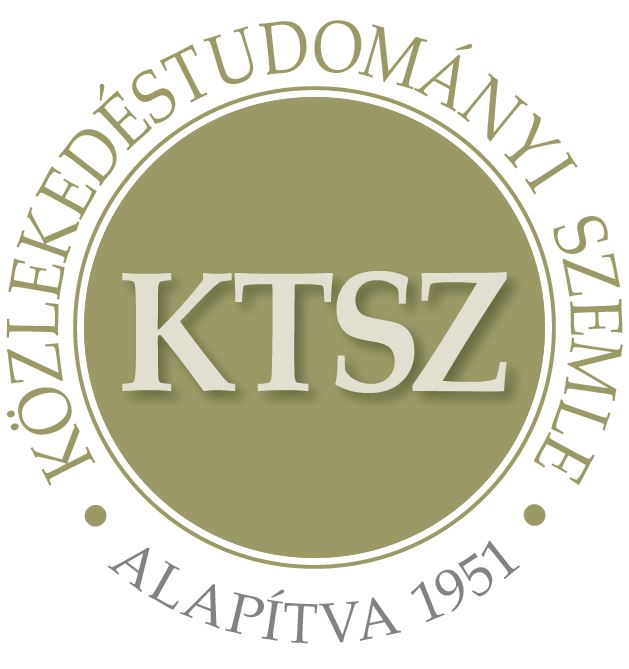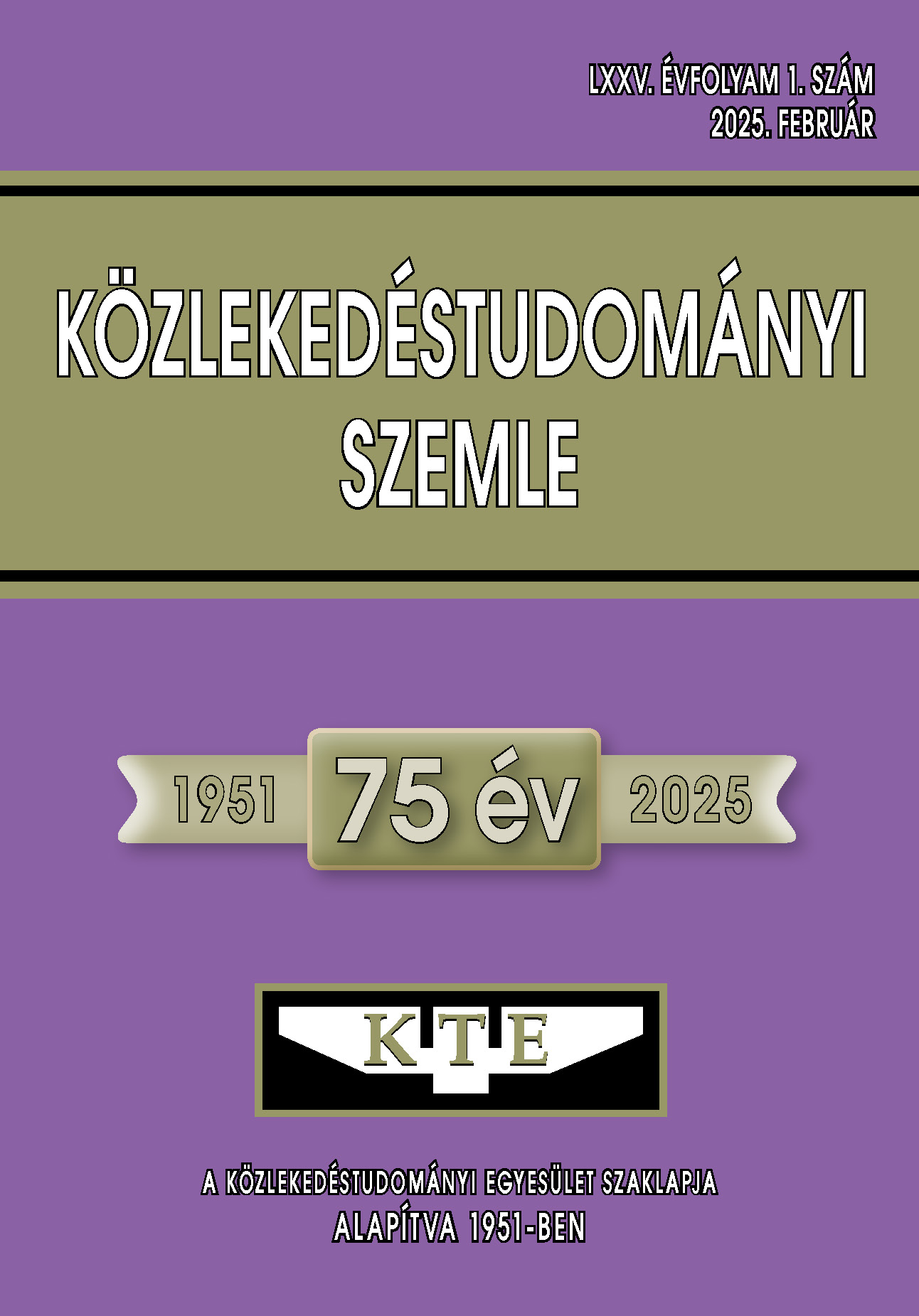Exploring methods and potential enhancements for regulating pedestrian crossings and priority regulations in Vissim traffic simulation software
Abstract
In our research we examined the operation of the Vissim traffic simulation software in the vicinity of a pedestrian crossing. Our primary focus was on presenting the functioning principles of priority regulation methods, comparing them, identifying their shortcomings, and demonstrating potential areas for improvement. While Vissim offers two fundamental modes for regulating priority – creating conflict zones and establishing priority rules – these modes do not adequately address issues such as failure to yield priority or pedestrians'
distance-based crossing decisions. Therefore, we adopted a novel approach, employing loop detectors at 10-meter distance intervals to detect vehicles and implemented signal logic based on detector data to simulate pedestrians' distance-based crossing decisions. We implemented real and measured pedestrian decision-making mechanisms into the software environment, then validated the modifications made in the program and evaluated their effects on simulation parameters (execution time, accuracy). The developed new approach better approximates reality, thus enhancing the quality of traffic simulations.
Articles published electronically are open access (OJS), freely available online and can be downloaded. Authors of articles are not charged any publication or publishing costs (APC). Users have the right to read, download, copy, print, and search the articles, or share the full text with a link.
Authors must declare that their submission has not been previously published in another journal, that financial support has been acknowledged, and that the list of references is complete and accurate, including specification of URLs and DOIs (if available). When submitting a draft article, each author approves the submitted version. Authors guarantee that the article is their original work. Authors are required to participate in the peer review process, follow the advice of reviewers, meet the prescribed deadlines, and, if any, withdraw the submission or correct errors.
All submitted articles are subject to peer review, where the editors request an independent evaluation from at least one expert, ensuring that the reviewer(s) have no conflicts of interest with the authors. The final decision is made by the Editor-in-Chief, who takes into account the evaluations and the suggestions of the editors. The editors and reviewers treat the submission confidentially.
The publisher and editors are committed to maintaining high ethical standards and to preventing publications that involve research misconduct. They follow the COPE guidelines on such ethical issues.
The authors retain copyright and grant the journal the right of first publication under the Creative Commons License (https://creativecommons.org/licenses/by-nc-nd/4.0), which allows others to share the work, while acknowledging the authorship of the work and the first publication in the journal.
The journal archives all published articles, and the journal's owner, the Hungarian Society of Transportation Sciences, will continue to operate the database even if the journal ceases to be published.















